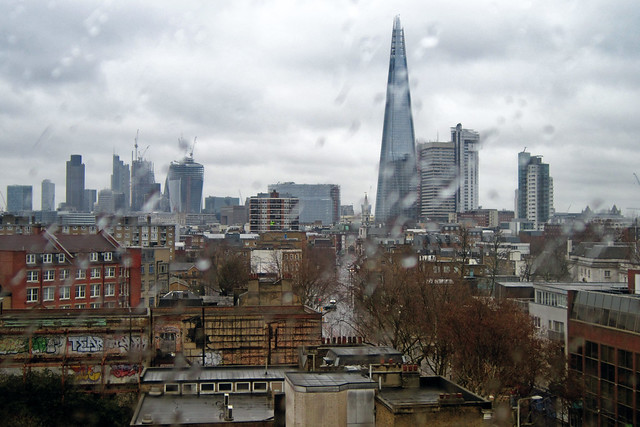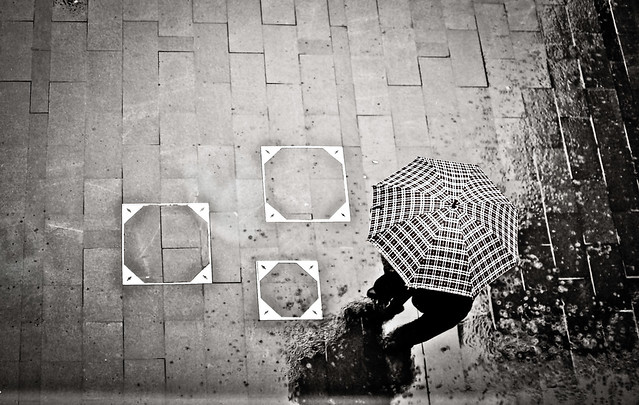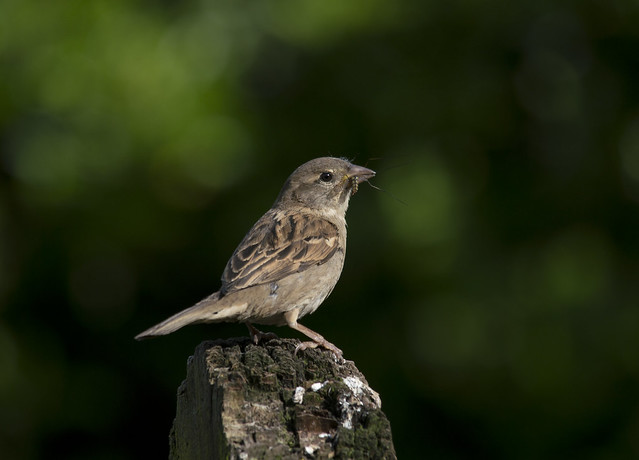We photographers love a challenge. Whether it is contorting ourselves into strange positions to get a macro shot, or trying to soothe a screaming baby to get a shot for a proud new mum, we will nearly always find a way through. Today we are going to take a look at seven of the most challenging photographic scenarios and hopefully supply some times to help you keep calm and carry on shooting.
1. The Cold
Coldness is not only a problems for us but also our cameras. When shooting in the cold, make sure you are suitably wrapped up warm with several layers, gloves and most importantly a warm hat. If you are freezing you will not feel like shooting. We also need to pay attention to our equipment. Batteries will have dramatically shorter lives in cold conditions so you will need to carry several extras. Keep one or two of those in a pocket close to your body, this will keep them warmer and extend their lives a little.
2. Flat Lighting
Flat lighting can manifest itself in a number of ways. It might be the harsh, shadowless light of the midday sun or the low, dank overcast of an autumn day. Either way you need to think a little out of the box. In harsh midday sun, look for shots with bright colors that may be enhanced by the light, use a polarizer to punch out some definition in the sky. Carrying a flashgun is a good idea, to add your own light and shade to poorly lit subjects. In flat overcast weather, again look for color contrasts, a golden leaf against a grey mundane background, perhaps. Thinking in black and white is also a good idea in flat lighting, it forces you to look for subjects with good contrast.
3. Reflections
Reflections can be a nightmare but in many cases can be easily solved. The simplest solution is to adjust your position. However, if this is going to compromise the composition then get out your polarizer. A polarizing filter will remove reflections in surfaces such as water glass and foliage, giving you a brighter, crisper looking shot. It will not, however, work on metal surfaces. If all else fails, learn to embrace the reflections. Many a good shot has been enhanced by having reflections in it.
4. Through Glass
You are at the top of a skyscraper with a spectacular view beyond you. The only problem is, that big sheet of plate glass in front of you. As clean as glass is, there will always be some dirt that shows up in the shot. You can, however, reduce the possibilities of this. First avoid a wide angle lens, use a standard or moderate telephoto and look for the cleanest area of glass. The key to avoiding seeing the glass is twofold. Firstly use a wide aperture and manually focus on your distant subject. Secondly Keep an eye out for internal reflections in the glass such as yourself or the lighting.

Shooting through glass requires some forethought. Photo by Petras Gagilas
5. In the Rain
Water and most cameras do not mix well. Ironically though rain based shots can come out great. So how can you avoid destroying your precious camera and still get good shots. In light rain you could simply wrap the camera in a plastic bag and put an elastic band around the lens to seal it. If you are a dedicated rain photographer there are even specialist rain covers for most cameras that allow easy access to the controls and shutter button. Failing that, wait for the rain to stop. The reflections and puddles after a downpour can make great subjects especially in the blue hour where there will be artificial light to add to the scene.

Shooting in rain can be an issue for your camera. Photo by KittyKaht
6. On the Beach
The beach has been the death of many a camera. Sand is a nightmare to cameras, it finds a way into every opening, and will often end up on the sensor. Beach lighting is also a tough cookie to crack, camera’s meters will often under expose your shots.
To avoid the sand issue, keep your camera in a good weatherproof bag and only bring out to take the shot. Avoid shooting into the wind as this will often kick sand towards you. Do not change lenses in the open, do it inside your camera bag, quickly and with the camera pointing downwards.
To compensate for underexposure, you can open up one stop of aperture or one stop slower shutter speed. As an alternative, simply dial in plus one to your exposure compensation dial and keep an eye on your histogram for highlight clipping.
7. Wildlife
Wildlife photographers are a special breed. To shoot wildlife, you need to have the patience of a saint but more importantly a good knowledge of your subjects habitat and habits. Understanding how the animal behaves is key to finding the best locations to shoot them. Couple that with a good fast telephoto lens and excellent manual focusing technique and you will be well on your way to great wildlife shots.

Even local wildlife requires a good knowledge of the animal. Photo by Jacob Spinks
So there you have it, seven challenging photographic scenarios with some solutions on how to overcome them. Whatever the challenge you find yourself in, evaluate the scene in front of you and bring all your photographic knowledge to the fore and I am sure you will overcome the issues.





4 Comments
Why would wildlife photographers need excellent manual focussing technique with modern cameras?
I’ve never used manual focus for wildlife – autofocus is dramatically faster and most interesting animals are moving way faster than a human can refocus…
Thanks for the above tips, they are always welcome from the top photographers. I would like to add that metal band shoots in different night clubs have to be one of the most difficult genres of photography to master. There are several things that count against you, namely the constant changing colored spotlights, or the complete lack thereof. UV lights sometimes then kick in or a bright strobe or a LED spot or 2. The smoke machine by some sound engineers seems to be a toy that they lacked in childhood and go overboard with it. The band dudes are always moving and jumping around. Then there is the audience who are moshing and bumping everyone around them. The spray from beers and other bottled refreshments also add to the fun. Prime lenses are not the trick, as they always over or under expose due to lighting changes. Just like to hear your comments on this genre of photography.
All very great scenarios and conclusions on how to make the best of them, but I feel you left an important one out. I myself live in Florida and near the swamps and everglades where it can become very hot and humid. We tend to get very foggy mornings from time to time. So my question is how do you keep the fog off the lens?
adam, the real photographer is more faster than a human ;))